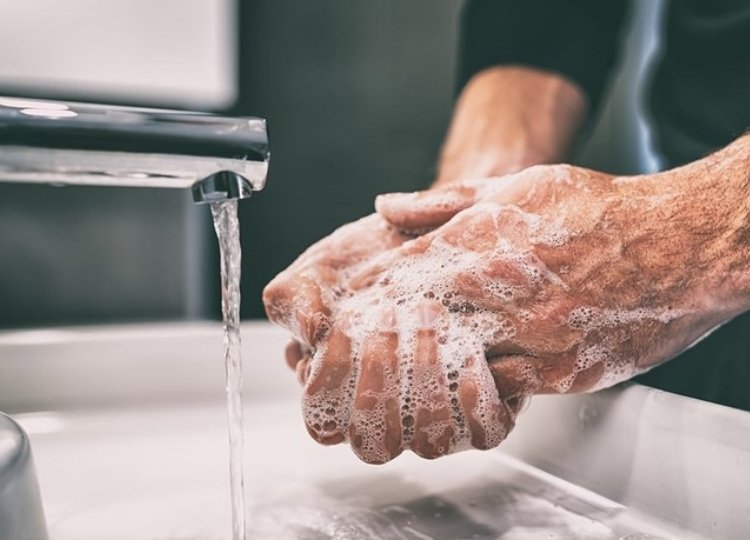
07 Mar How Does Residential Plumbing in Cities Work?
Modern plumbing has paved the way for us to gain access to clean water and remove dirty water away from our homes. While it may look as simple as clean water coming in and dirty water coming out, there is a labyrinthine process to city plumbing systems that help keep your home’s water supply flowing safely and efficiently. We explain how modern residential plumbing works within cities.
Residential Plumbing – How It Works
No matter how complicated your pipes may look, most home plumbing is comprised of two basic systems: the one that gets clean water in and the one that takes the dirty water away. They’re connected in the middle of your fixtures’ pipes – sinks, showers, toilets, and other appliances like a dishwasher or washing machine.
Once clean water enters your home, it gets divided into cold water and hot water systems. Water coming through your main supply deep underneath your home is pressurised, pushing it through all the nooks and crannies. In residential homes, that pressure comes from a pump. And since cities have a lot of water to push, it uses tall water towers because it’s more efficient to pump water straight up to a central tower, and then let gravity help push it down and over the surrounding areas. Some cities make use of pumping stations as well.
Water from the main supply comes out cold to every fixture in your home. If you turn on the hot water tap, the water will be routed from the main supply and will filter through your water heater.
On the other hand, wastewater from toilets, sinks, showers, or dishwasher flows by itself, letting gravity do the work. The U-bend pipe underneath your sinks causes the water to flow with enough power to be pushed down into the sewer line. The sewer line then pumps carries your dirty water into a septic tank or the city’s sewer system.
City Plumbing – From Soiled to Sanitised
Wastewater from your washing machine, shower, and toilets flushed through your home’s sewer pipe will enter the city plumbing system. Wastewater from your home will pass through a series of interconnected drain pipes hidden beneath area streets.
Your wastewater will be joined by other wastewater leaving homes citywide, as well as rainfall, runoff from manhole vents, and even water from tree root damaged pipes infiltrating city-wide sewer pipes.
City workers will routinely clean pipes and deal with plumbing debris, which can cause sewage soils spills or system failures. The solids that reach the sanitation plant are then treated. When the large objects are screened out, mud and sand settle for later transportation to the local landfill. The remaining wastewater is separated into settling tanks, where 60 per cent of solids settle into a mix of sludge and water. Secondary treatment involves adding oxygen to wastewater to speed up microorganism growth. At this stage, 90 per cent of solids have been removed. The remaining wastewater is disinfected for later discharge into the environment and water bodies.
Practising Proper Maintenance and Disposal
The moral of the story is – our disposal choices can have a lasting effect on city wastewater treatment systems. As homeowners, you should take care of what you put down your drains. It also helps to make sure that nothing is blocking the waste line cleanout or where the pipe leaves your home. If you turn on a tap and don’t get any water, it means there’s a blockage or a leak somewhere. It could be anywhere in your house or there could be a problem with the supply outside your home. Plumbing maintenance and inspection are crucial to prevent these issues and maintain safe plumbing operations.
Quality Residential Plumbing with Quix NZ
Treat the city plumbing system right and ensure a safe environment for all. Quix NZ provides residential and commercial plumbing solutions. We bring together reputable plumbers in one place so you can gain access to the plumbing services you require. Receive quality plumbing services with the help of Quix NZ. Contact us today.

No Comments